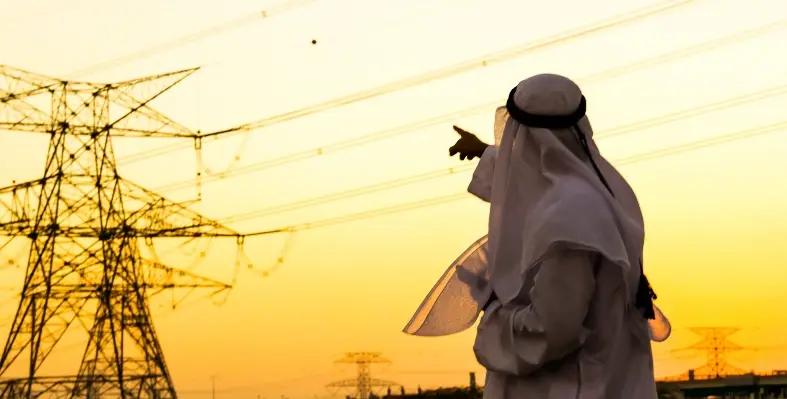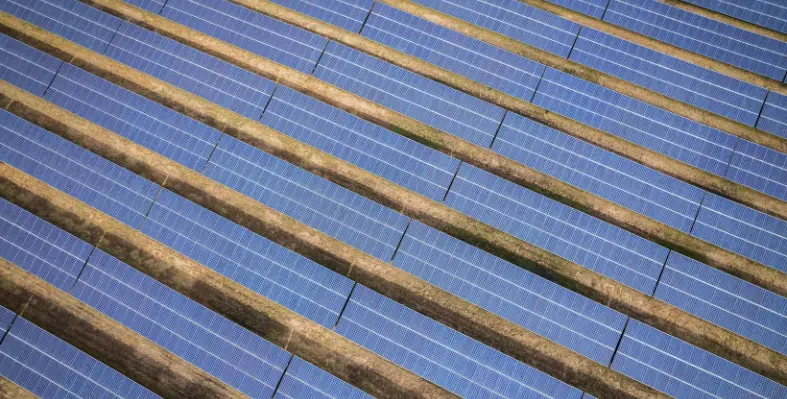As Europe accelerates its transition to cleaner energy, two major challenges are emerging: ensuring there's always enough reliable power available, and maintaining the flexibility needed to balance supply and demand.
These issues are especially pressing in systems that rely heavily on renewable sources like solar and wind, which are inherently variable and less predictable.
In recent years, traditional thermal power plants—particularly combined cycle gas turbines (CCGTs)—have seen their operating hours decline. This trend threatens their economic viability and has led to the shutdown of several units, raising concerns about the long-term adequacy of the power system. Italy’s experience reflects this shift, with data showing a narrowing margin of available capacity. Fig. 1 shows the trend of adequacy margin experienced in Italy in the last years.
To address these concerns, Italy has gone beyond short-term energy markets and invested in forward-looking mechanisms that secure future capacity and flexibility. One of the country’s most innovative tools is the Capacity Market (CM), designed to ensure that enough “firm capacity”—power that can be counted on at any time—is available years in advance.
Italy was among the first in the EU to launch a CM, holding its inaugural auction in 2019 for delivery in 2022. The most recent auction took place in February 2025, securing capacity for 2027. These auctions are open to
all technologies, except those exceeding a set CO₂ emissions threshold—effectively excluding coal and other high-polluting sources. Successful bidders receive a fixed annual premium (€/MW/year), and in return, they commit to offering their capacity in the day-ahead and ancillary services markets.
Importantly, the CM also welcomes cross-border participation, allowing foreign providers to contribute firm capacity if they secure transmission rights at Italy’s borders. Even variable renewable energy sources (VRES) like solar and wind are participating. While their awarded firm capacity may seem modest—just 5.8% or 2.2 GW—it represents around 14 GW of installed capacity when adjusted for reliability factors.
At the European level, capacity remuneration mechanisms like Italy’s CM are now recognised as essential tools for maintaining system adequacy during the clean energy transition. This approach is formally endorsed in the EU’s Electricity Market Design Directive (1711/2024) and Regulation (1747/2024).
Beyond capacity, flexibility is another critical piece of the puzzle. To meet this need, Italy has introduced a new market mechanism known as MACSE, aimed at supporting energy storage solutions such as battery systems (BESS) and pumped hydro. Through pay-as-bid auctions organised by the national grid operator (TSO), investors can secure annual premiums (€/MWh/year) in exchange for participating in grid-balancing services.
The first MACSE auction, held on September 30, 2025, focused exclusively on battery storage and offered 10 GWh of capacity. The competitive bidding resulted in remarkably low prices—just €13,000/MWh/year, well below the regulatory cap of €37,000/MWh/year—highlighting the efficiency of Italy’s auction design.
Under MACSE, storage operators receive 20% of the revenues generated during grid operations, while the remaining 80% goes to the TSO to help offset network costs. This model not only incentivises investment in storage but also ensures that flexibility resources are actively integrated into the system.
Italy’s proactive approach—combining long-term planning with innovative market design—is setting a benchmark for how to build resilient, low-carbon power systems. As the energy transition gathers pace, these mechanisms will be crucial in keeping the lights on while reducing emissions.
This article was provided by CESI.






